
September 16, 2023: Theatre Yesterday and Today, by Ron Fassler.
There are not a whole lot of people around today who made their Broadway debuts more than seventy-five years ago. So, for someone like me, the chance to have a phone conversation with Alan Shayne resulted in pure pleasure. Once a Broadway juvenile, he transitioned into becoming a casting director, later responsible for casting such motion pictures as All the President’s Men and Catch-22. He then began another career as head of Warner Bros Television steering such hit series as Night Court, Alice and Wonder Woman. Finally, as an independent producer, he did a number of films for television and received an Emmy nomination for the 1998 mini-series that birthed The Bourne Identity and starred Richard Chamberlain. About twenty years ago, he began writing books and his fifth one, the autobiographical, The Star Dressing Room: Portrait of an Actor, was recently published. Now age ninety-seven and having lived a long life, the book covers less than half that total span. We can only hope another is in the offering.
The Star Dressing Room is about Shayne’s growing up in the 1930s and practically stumbling into the acting profession. Tall and handsome, there were few formalized places to train in those days and such classes cost money, So, he learned by doing. Finding work was hard but he started to make some headway in the 1940s, only to have his career interrupted by his World War II service. Upon returning home he was able to use the G.I. bill to pay for those classes he’d missed out on, which is when he found himself doing scenes with a very young, very immature Marlon Brando (they did not get along). And all the while, Shayne struggled with his sexuality, attracted to men, but convinced there was no life for him if he embraced that aspect of himself honestly. Convinced that settling down with a man would be career suicide, he married a woman, had affairs with others, and worked on that conflict within himself for years. Happily, by the end of The Star Dressing Room, he meets visual artist Norman Sunshine, who has been his partner (now husband) for the past sixty-five years.
Our conversation began with a discussion about how he felt about leaving the acting profession behind so many years ago and whether there has been any looking back.
When I decided not to go on with acting I put it out of my head. I’ve never had a moment in all these years when I stopped and thought, “Oh, I should have played that role. I would have been so wonderful.” I just stopped and turned it off and never thought about it. And when I made the decision to give it up it had to do with starting a relationship that was terribly important to me. If I continued as an actor, I would be working in the evening and my life would be spent with somebody I didn’t see who worked in the daytime.
A wonderful group of stories in Shayne’s book are centered around his understudying Ricardo Montalbán in the Broadway musical Jamaica in 1958. With a score by Harold Arlen and Yip Harburg it starred Lena Horne. This led to a conversation about seeing replacements onstage that brought up a reminiscence about an actress named Gaby Rogers.
Gaby was a friend of mine and was in a play called The Autumn Garden, by Lillian Hellman, and was also understudying the ingenue lead, played by Joan Loring. Well, Joan loved Gaby, as I did, and when she came down with a slight cold she realized it would allow an opportunity for Gaby to go on for her. And she decided to call in sick. “Why not give Gaby a chance?” So, Gaby called me to tell me she was going on and I went to see her, and it was thrilling. It was wonderful to see a really talented young actress get a chance to do something like that even with her breasts almost falling out of her dress because it didn’t fit her correctly. Rooting for her to make it was so exciting that night—and she did.

His connection to acting was at the core of the work he did as a casting director, working under the tutelage of Michael Shurtleff, who saw something in Shayne that made him think he’d be a natural at it, which he was.
Michael was clear that he thought I’d be a very good judge of talent because I seemed to be talented myself and could recognize it in other people. If you saw, as I did, Al Pacino’s performance in The Indian Wants the Bronx, it was incredibly brilliant. You couldn’t think that this guy would not be a great star. It was all over him. You saw it with Dustin when you saw Harry, Noon and Night. He was a replacement in that and when I saw it I couldn’t believe his performance. And I called Jane Oliver, who was an agent the next day and told her to get down there tonight because he's going to be a big star. And she did and signed him.
In 1968, I was casting a New York based TV series called N.Y.P.D. and I knew for a fact that Al Pacino and his then-girlfriend Jill Clayburgh were just desperate for work. I wasn’t close to them or anything, but I had a script that I thought they’d be very good in, and I managed to get the director to read them and hire them. I felt very good about that. Conversely, I brought Dustin in for every part he was right for, and he never got cast!
We got to talking about what young actors are up against since Covid shifted how auditions are done. The demands on them to shoot, edit, and email them are leaving actors out of casting rooms entirely. By sending in videos, they are being denied the chance to show up and channel their energies live and in person, losing out on giving casting people and directors a visceral experience of their work.
I don’t know how they can do that today. Although it seems to me young actors have an easier time of things in general than I did when I started. In my day, the film business was in California, there wasn’t an off-Broadway yet, and there were only a handful of shows that had juveniles in them during a given season. I had to go door to door and leave my headshot and resume and build connections in order that I might be remembered. You had to do all that yourself. So, perhaps with things being done virtually you're still all alone trying to make it things work. But of course, I had the chance to tour with great stars and learn from them, all of which is gone now. I toured for a year with Maurice Evans in Hamlet. I did Antony and Cleopatra for a number of months with Katharine Cornell. As I mention in my book, in that production were also such young actors learning their craft like Charlton Heston, Eli Wallach, Maureen Stapleton and Tony Randall.
For further stories on those productions, when the world of theatre was a very different place for a young man who was coming to grips with his sexuality, look no further than Alan Shayne’s The Star Dressing Room. To paraphrase the words of the great Sondheim song, “Lord knows at least he was there, and he’s still here.”

Ron Fassler is the author of Up in the Cheap Seats: A Historical Memoir of Broadway, available at Amazon.com in hardcover, softcover and e-book. To receive all future columns like these by email, hit the blue FOLLOW button above and feel free to comment below or write me at Ron@ Ronfassler.org.

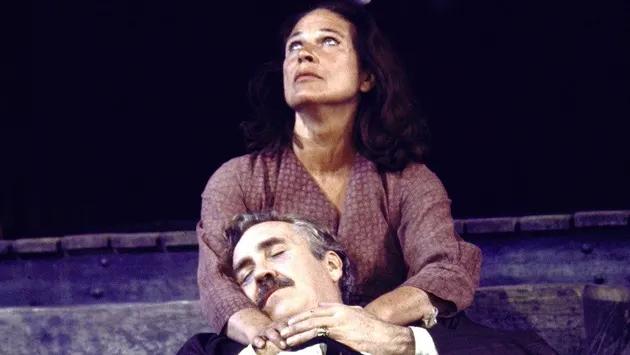

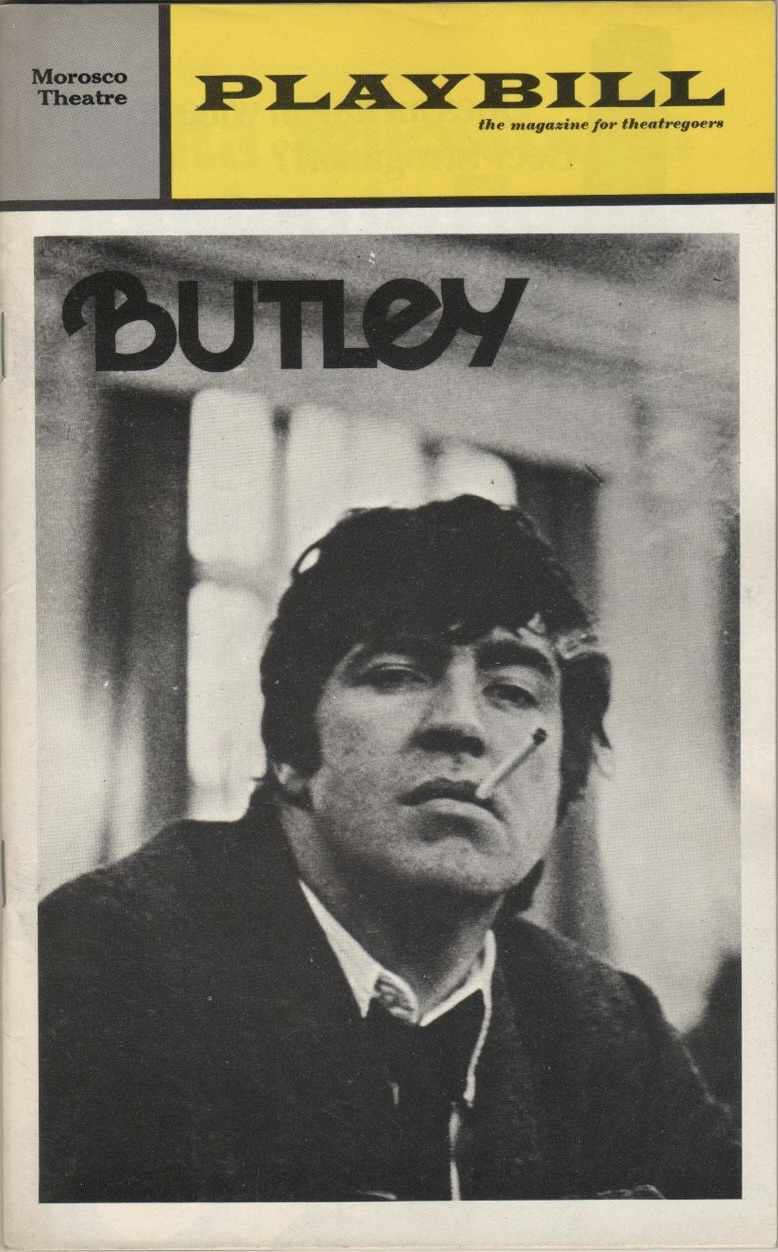
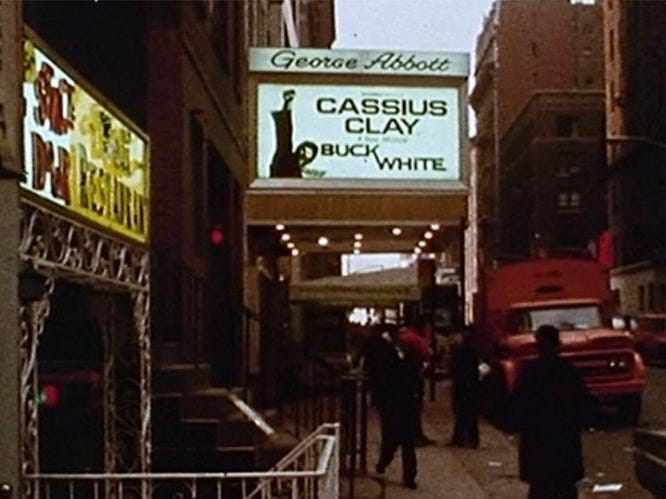

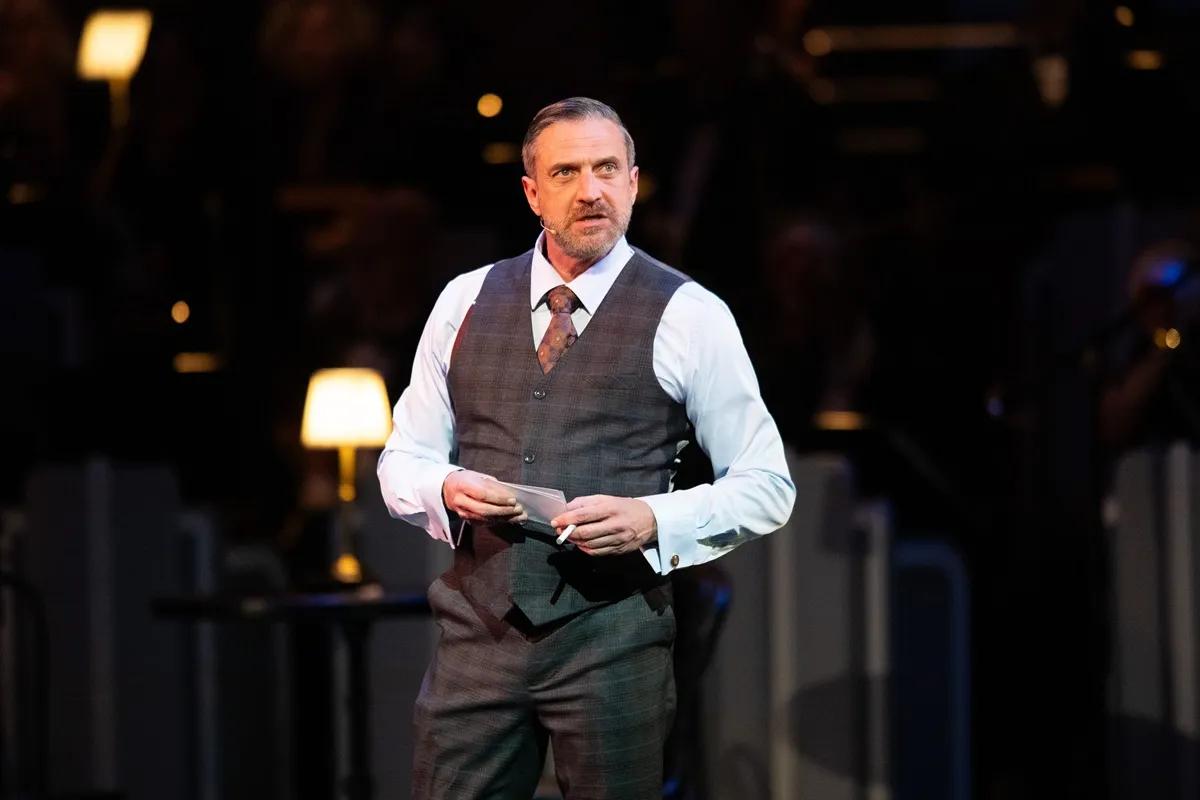
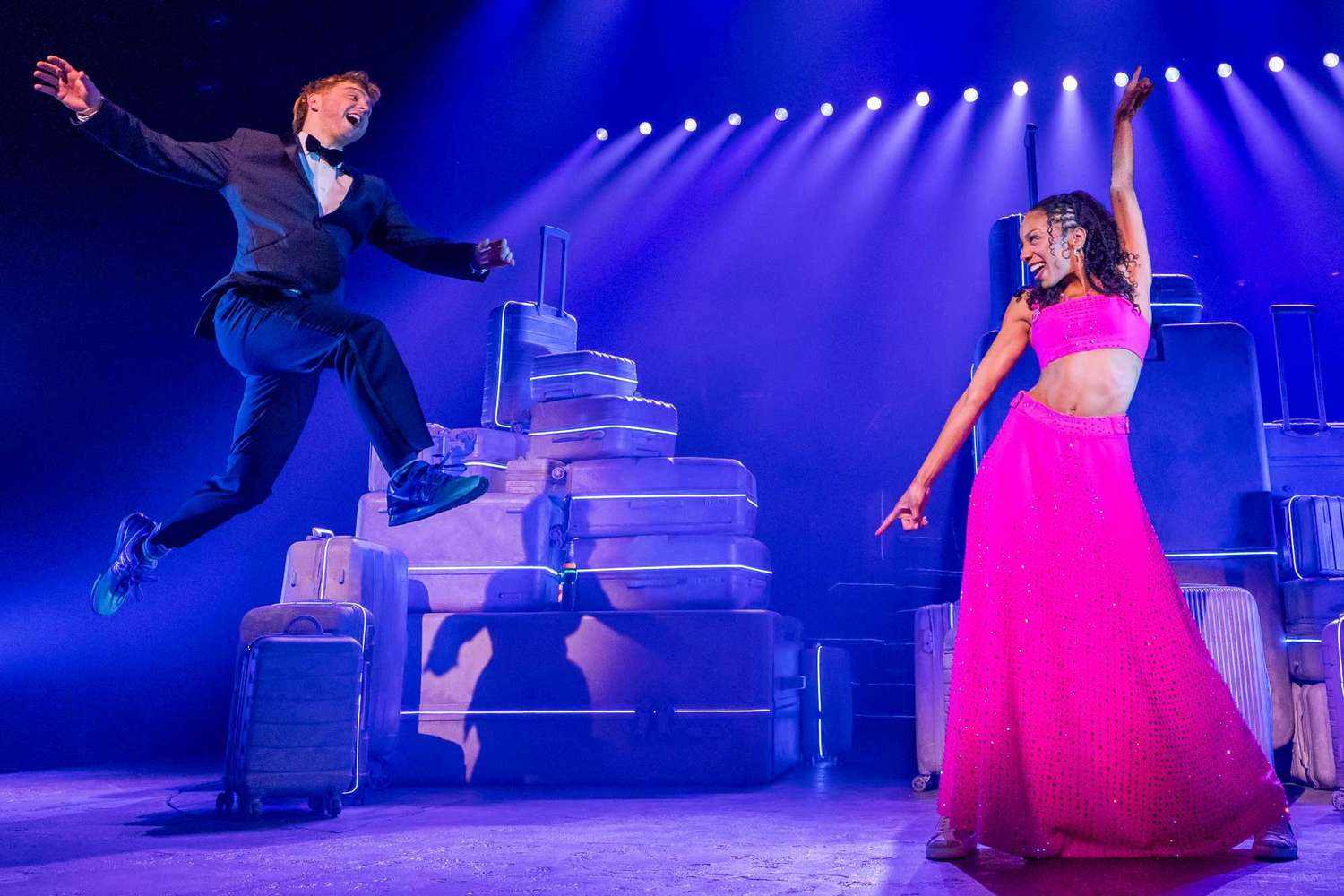
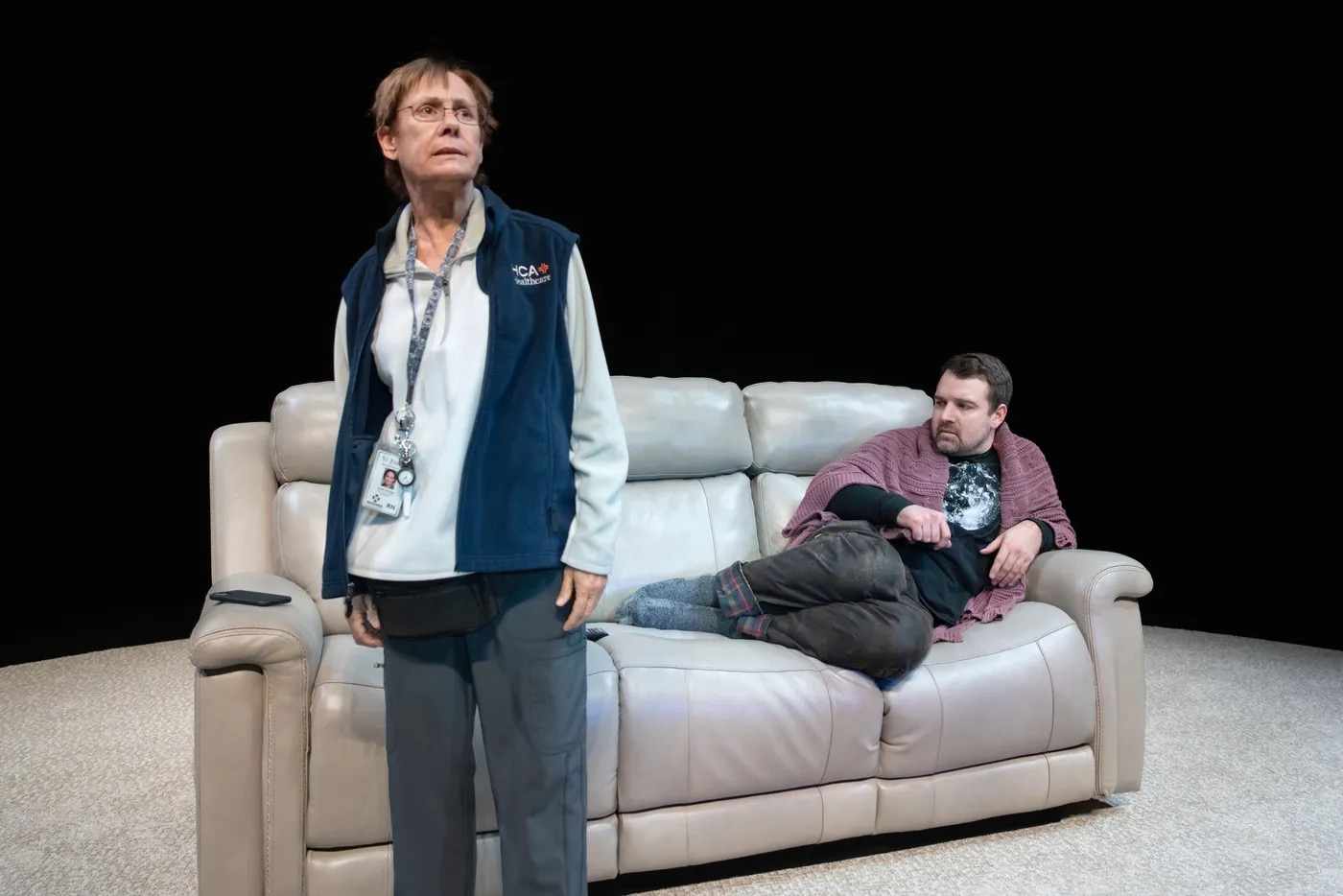
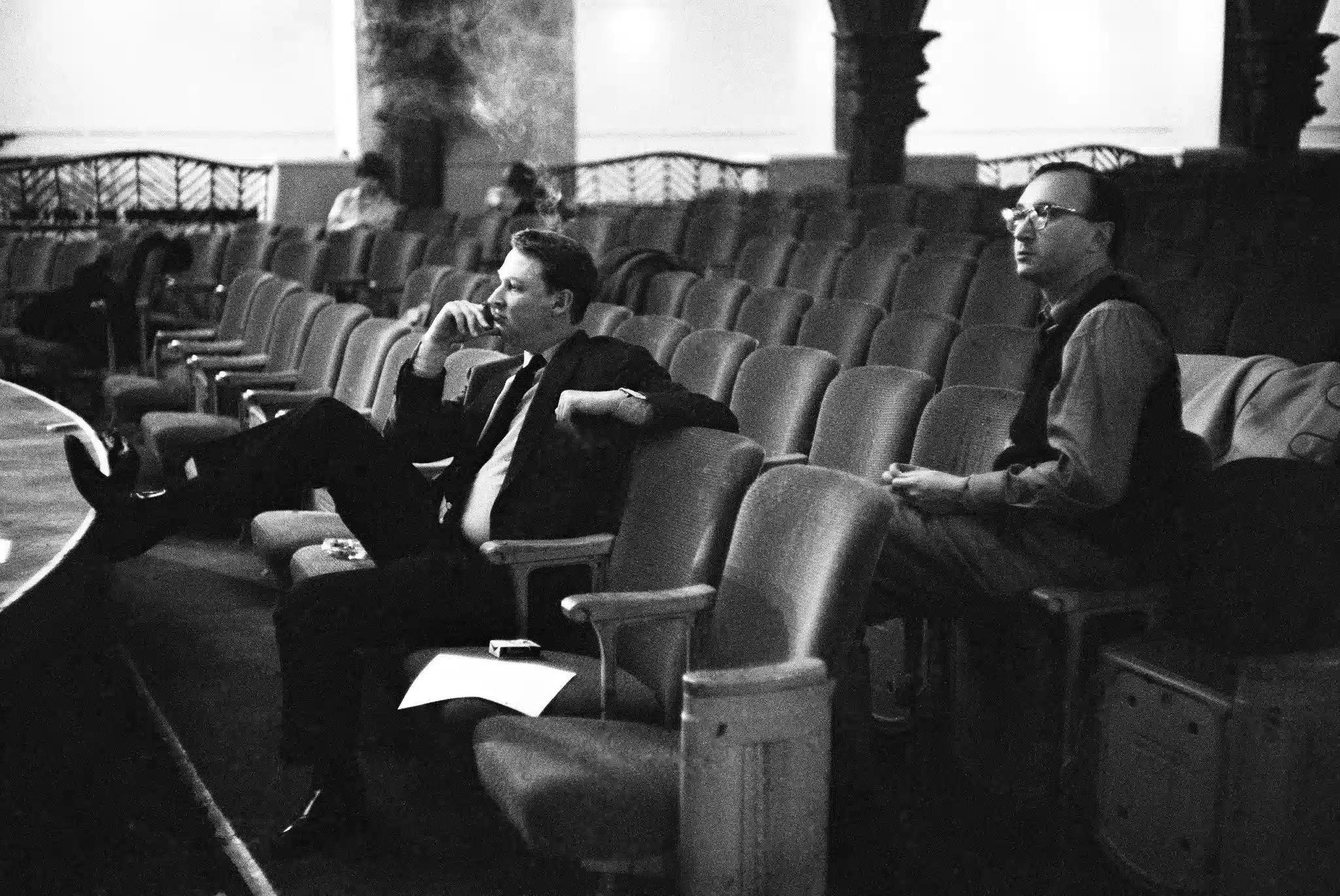
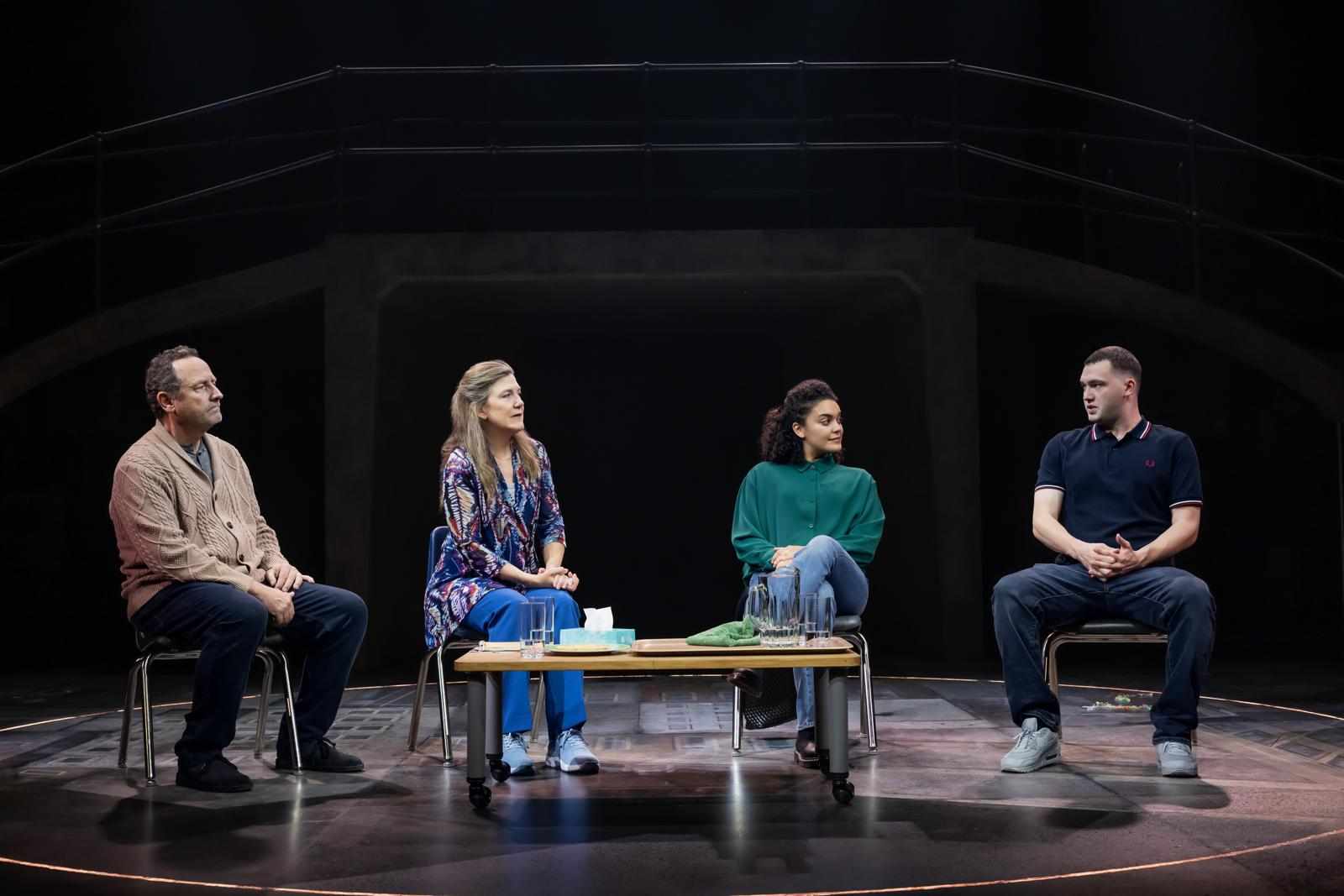
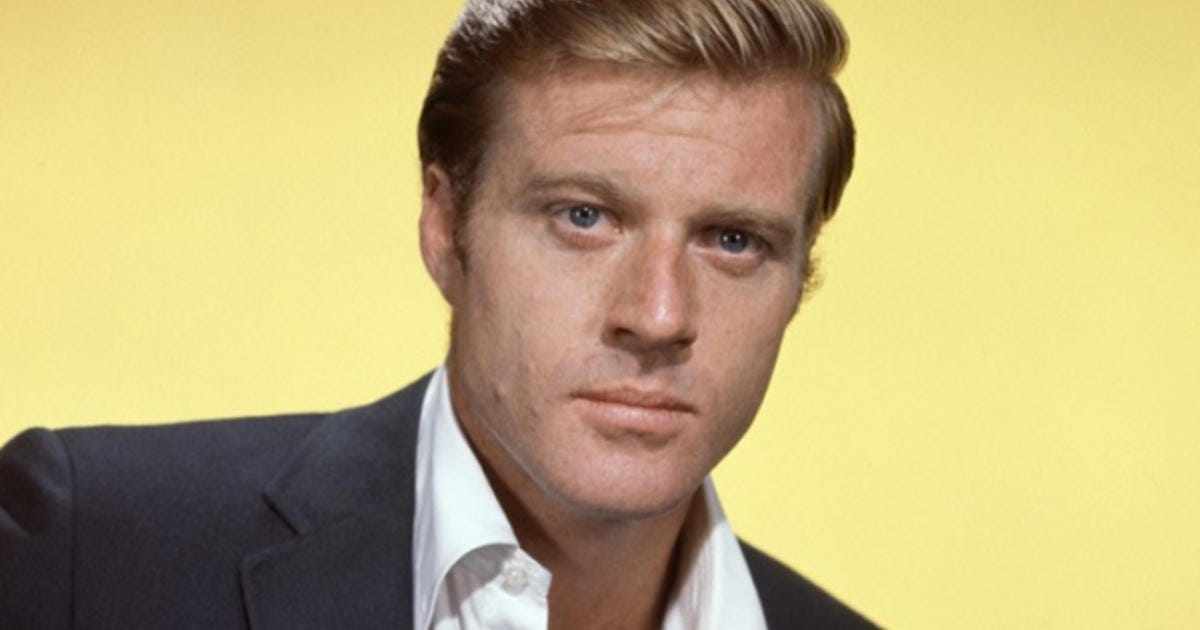
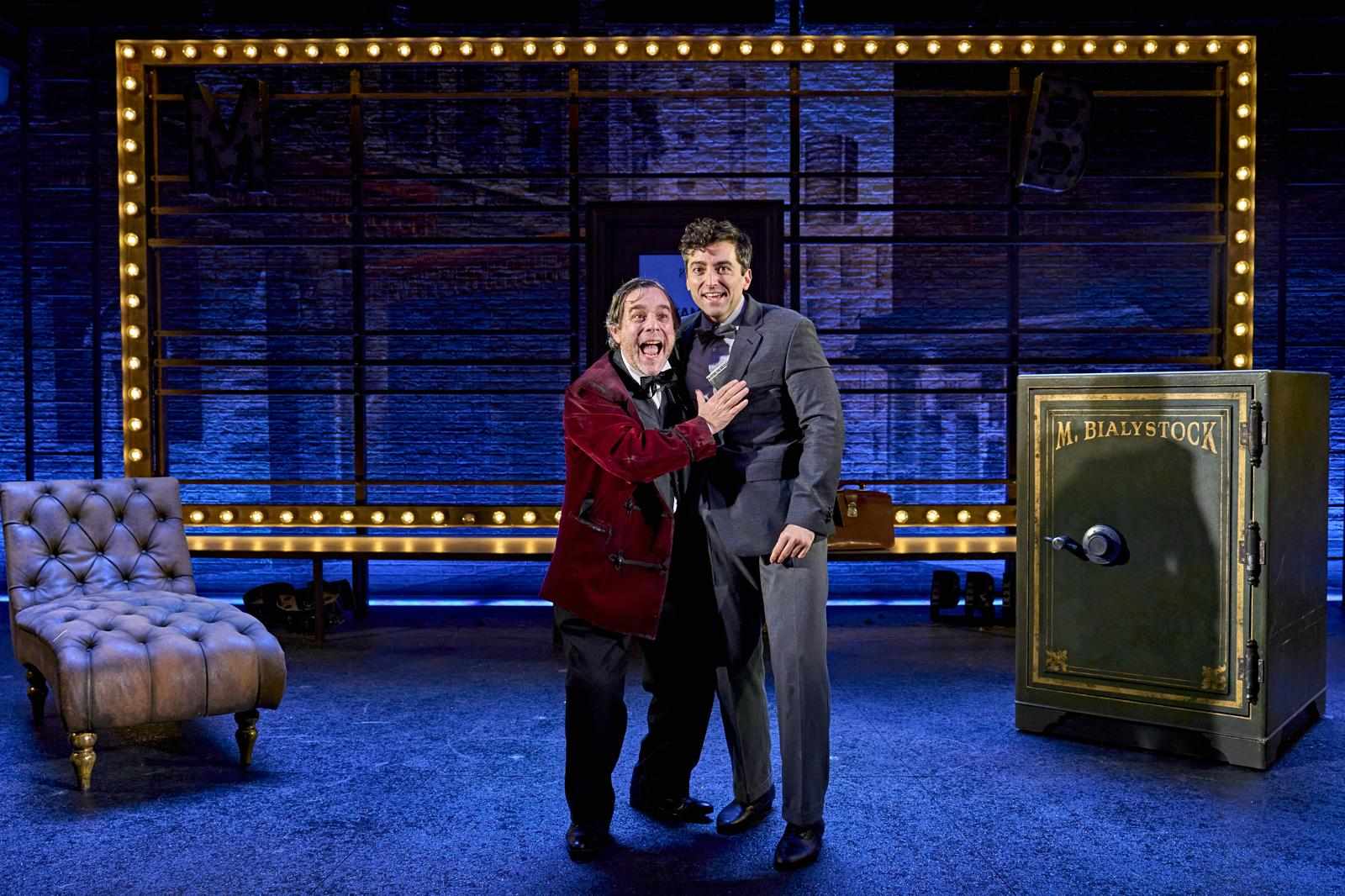
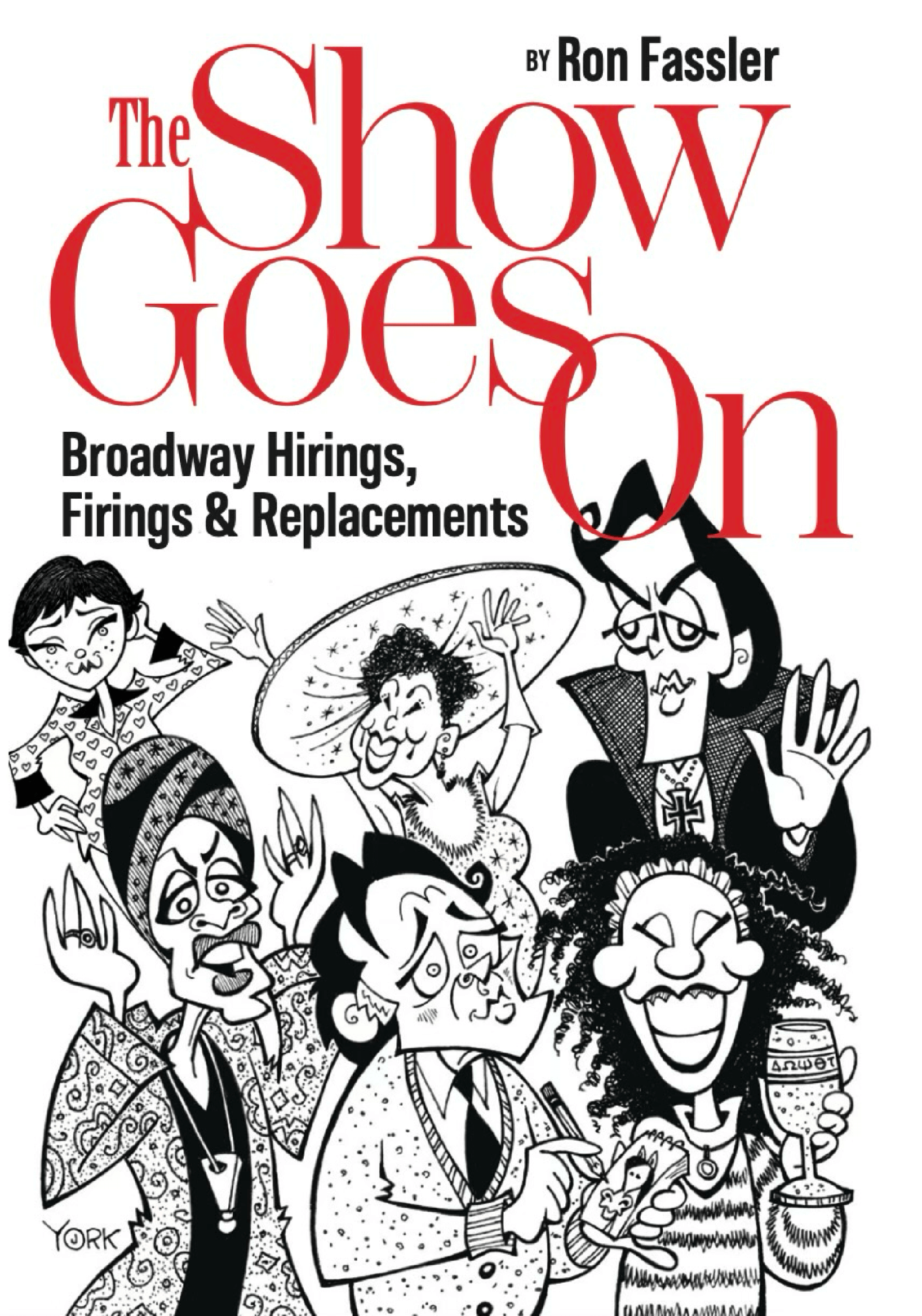

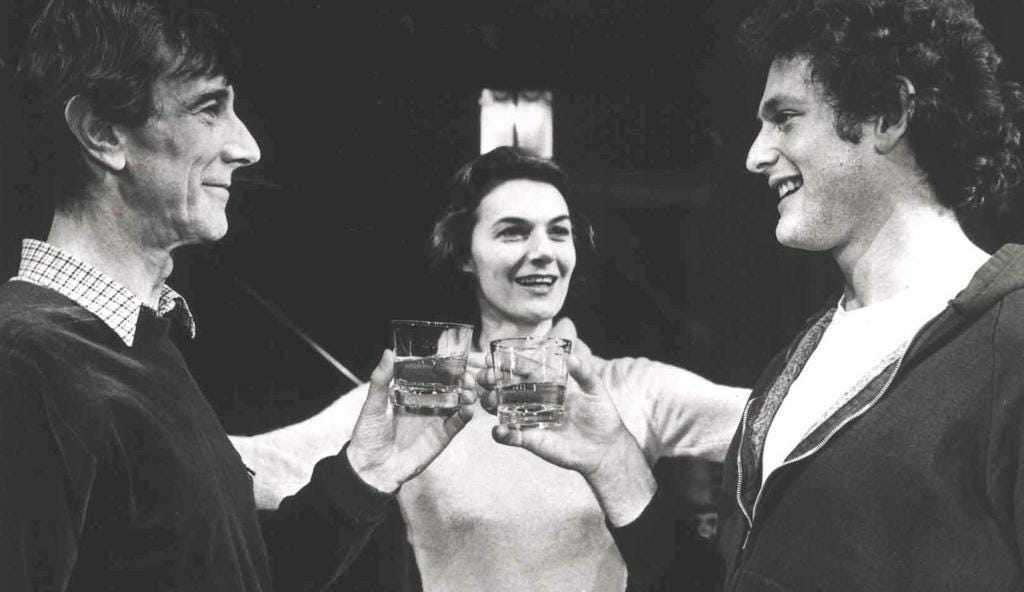





Write a comment ...